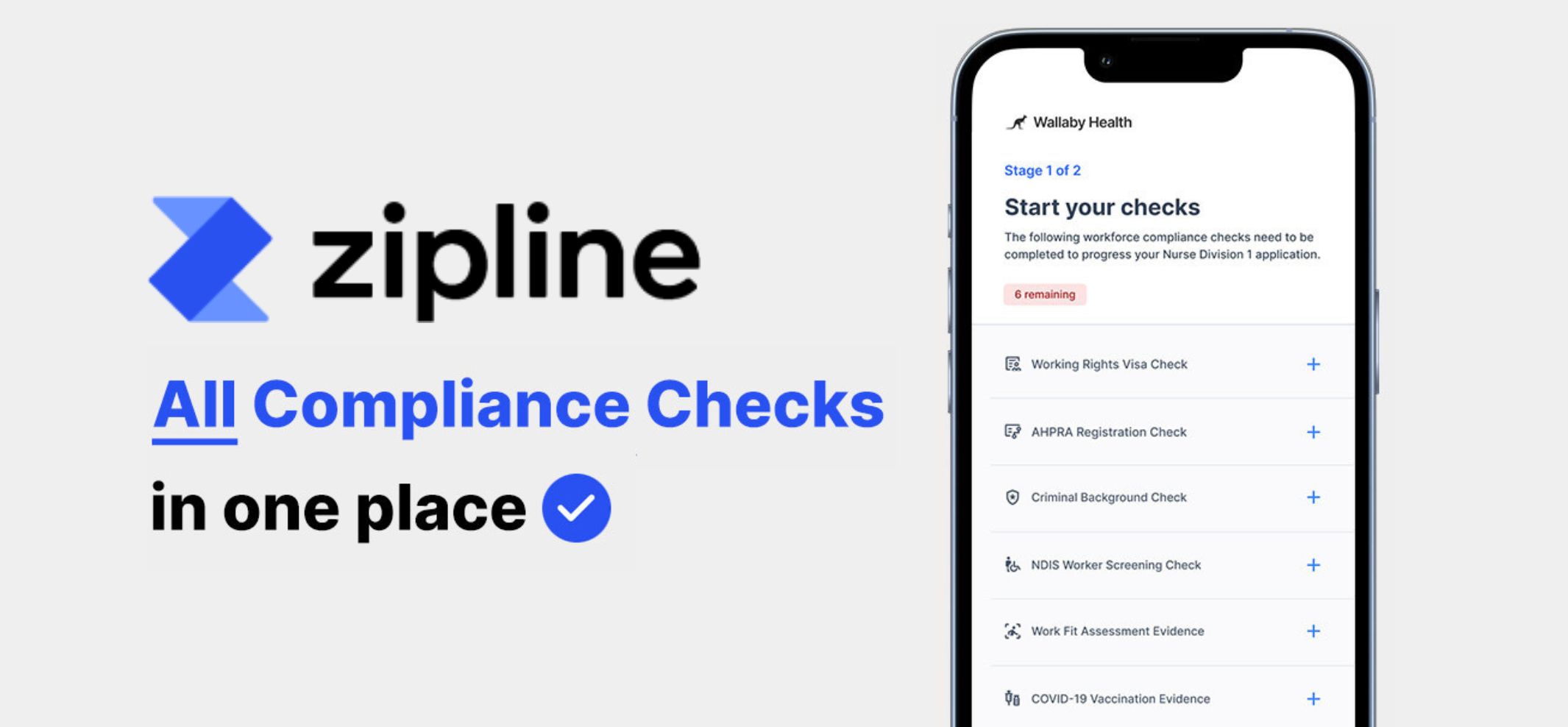Australia has a new clinical care standard for low back pain, a condition that affects one in six Australians and is a leading cause of lost work productivity and early retirement.
Developed by the Australian Commission on Safety and Quality in Health Care, the Low Back Pain Clinical Care Standard recommends active approaches and individualised care to support millions of affected Australians.
The new standard provides a road map for healthcare practitioners to help patients manage episodes early and reduce their chance of ongoing problems.
It will also improve the early assessment and management of patients so that people receive the most appropriate treatment for their individual circumstances.
Most people will experience low back pain at some point in their life. Back problems are one of the most common reasons Australians visit their GP or present to the emergency department.
While back pain can sometimes have a serious cause, the vast majority of people can improve their pain with simple measures. Interventions such as imaging and high-risk medicines can usually be avoided.
Recommendations include self-management and physical activity, addressing psychological barriers to recovery such as thoughts and emotions about pain, as well as tackling social obstacles, including work and home stress.
Clinical lead for the new standard, Associate Professor Liz Marles, Clinical Director at the Commission and a general practitioner, said the standard marks a leap forward in effective care for patients, who may be treated across different healthcare disciplines and often receive conflicting advice.
Active approach is favoured over medical interventions
“The Low Back Pain Clinical Care Standard describes how active self-managed strategies that educate people about their pain and how to remain physically active and working are most effective to restore health,” A/Professor Marles said.
“Contrary to past schools of thought, for most cases of low back pain, we know that passive approaches such as bed rest and medication can lead to worsening disability. Also, if pain medicines are prescribed, they should be used to enable physical activities to help people recover, rather than eliminate pain.”
For people with a new episode of low back pain, a thorough initial assessment is vital and should screen for serious underlying causes, such as cancer, infections or nerve compression.
Although A/Professor Marles emphasised that the risk of a serious cause was very low (1-5%) and usually identified through history and physical examination, cautioning that otherwise, investigations can sometimes paradoxically delay recovery.
She explained: “Referring low back pain patients for imaging who don’t have any signs of a serious condition may lead to unnecessary concern or wrong care. Common findings on back scans include disc degeneration, bulges and arthritis; yet these are often found on scans of people who do not have back pain – so these findings can be unhelpful and misleading.
“The good news is that most people who have a single episode of low back pain – 75 per cent of patients – will improve rapidly and their pain will resolve within six weeks,” said A/Professor Marles.
For some people, however, she said the condition can put lives on hold, affecting a person’s ability to work and engage in physical and social activities, as well as their mental health.
“With this new standard, we are aiming to break the cycle and prevent a new episode from becoming a chronic problem for many Australians.”
Overcoming fear to recover from low back pain
Professor Peter O’Sullivan, Professor of Musculoskeletal Physiotherapy, Curtin University, is an advocate of tailoring care to the needs of patients who experience low back pain. He has joined the call for consistency in how early back pain is managed across professions.
“It is one of the most feared health conditions. We have a societal problem around the fundamental beliefs about back pain. There are many cases of fear-induced over-treatment of patients, which can make their condition worse,” he said.
“As practitioners, we need to understand what is going on with each patient and help them with a specific recovery plan. The evidence shows, and the standard reaffirms, that regular and graduated movement and activity are central to a better outcome for many people with an acute low back pain episode.”
Professor O’Sullivan said it can cause significant discomfort and suffering for some people, but it was important to reassure patients that they have a good chance of recovery.
“With an aging population, growing obesity rates and an increasingly sedentary lifestyle, implementing the new clinical care standard is our best chance to remove barriers to good patient outcomes. The recommendations aim to reduce investigations and treatments that may be ineffective or harmful.”
Professor O’Sullivan said it was important for clinicians to educate their patients and provide a clear recovery plan with self-care options that build people’s confidence in their back and put them in charge of their health, through knowledge, exercise, physical activity and work.
“Patients with low back pain may avoid physical activity and work, and potentially become fearful, depressed or anxious, which can lead to a higher risk of disability,” he said. “Unfortunately, sometimes the advice given to people with low back pain can reinforce unhelpful beliefs and responses to pain. This is why the conversations healthcare practitioners have with their patients are paramount to their recovery.
“For a new episode of low back pain, if a patient is not recovering within six weeks, we need to reassess them and consider referral for additional targeted care,” Professor O’Sullivan said.
People experiencing low back pain should seek advice from their healthcare practitioner about the best care for their individual circumstances.
Ritchelle is a Content Producer for Healthcare Channel, Australia’s premier resource of information for healthcare.






















Upcoming Events
6th Annual Aged Care Week
June 25, 2025
Subscribe
We send emails,
but we do not spam
Join our mailing list to be on the front lines of healthcare , get exclusive content, and promos.